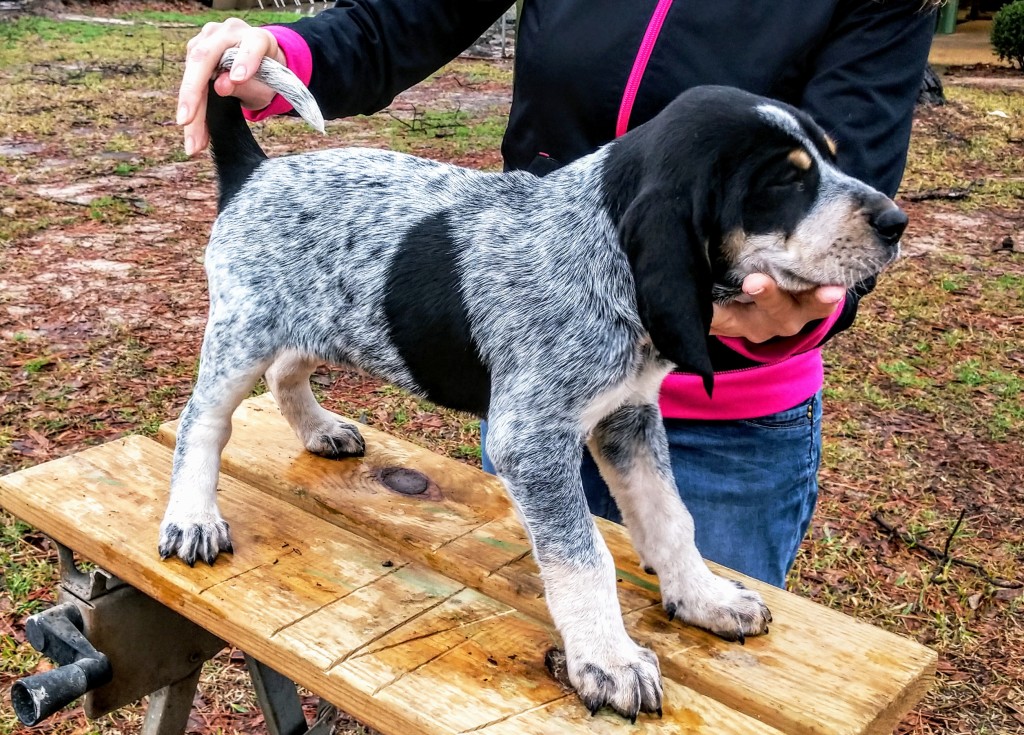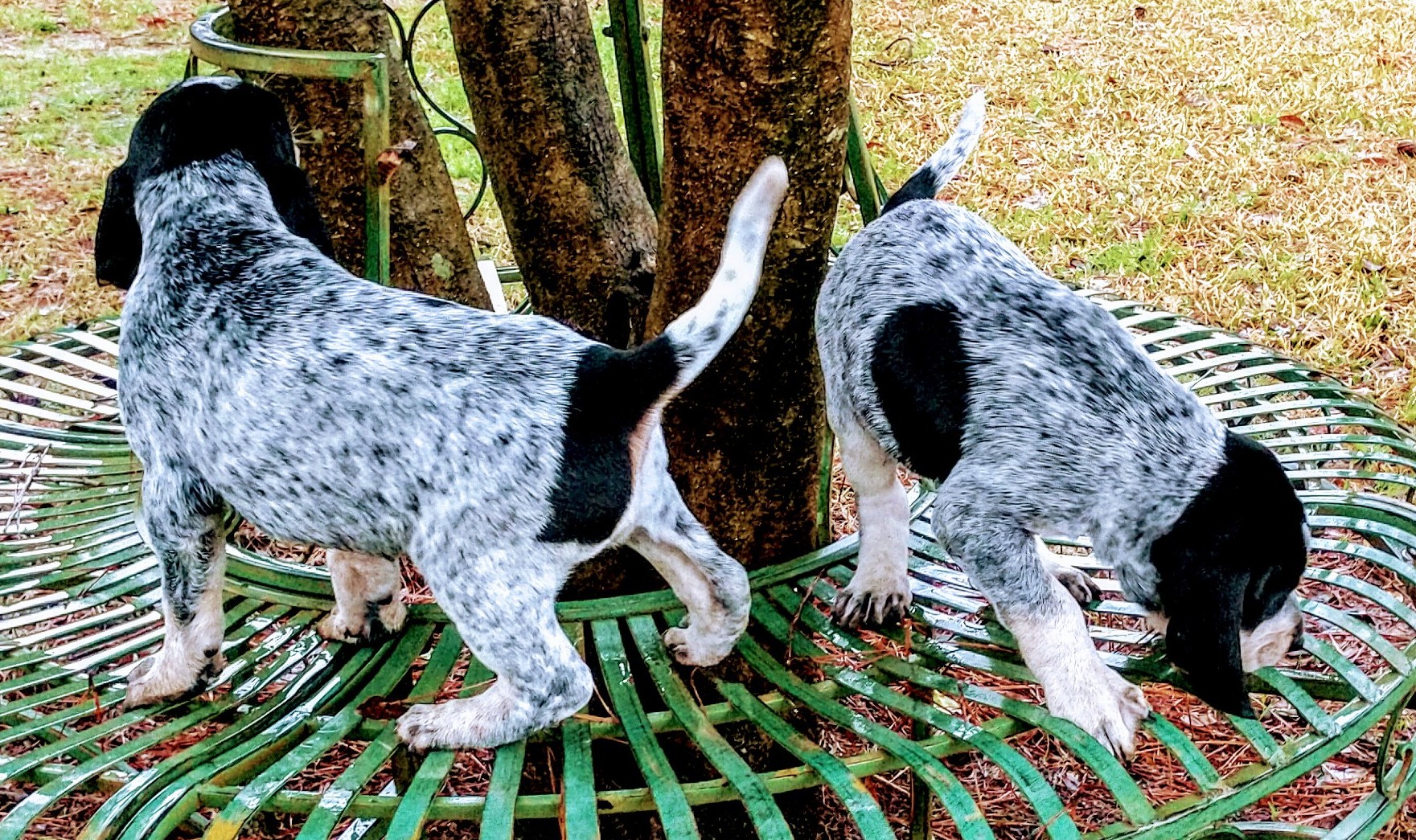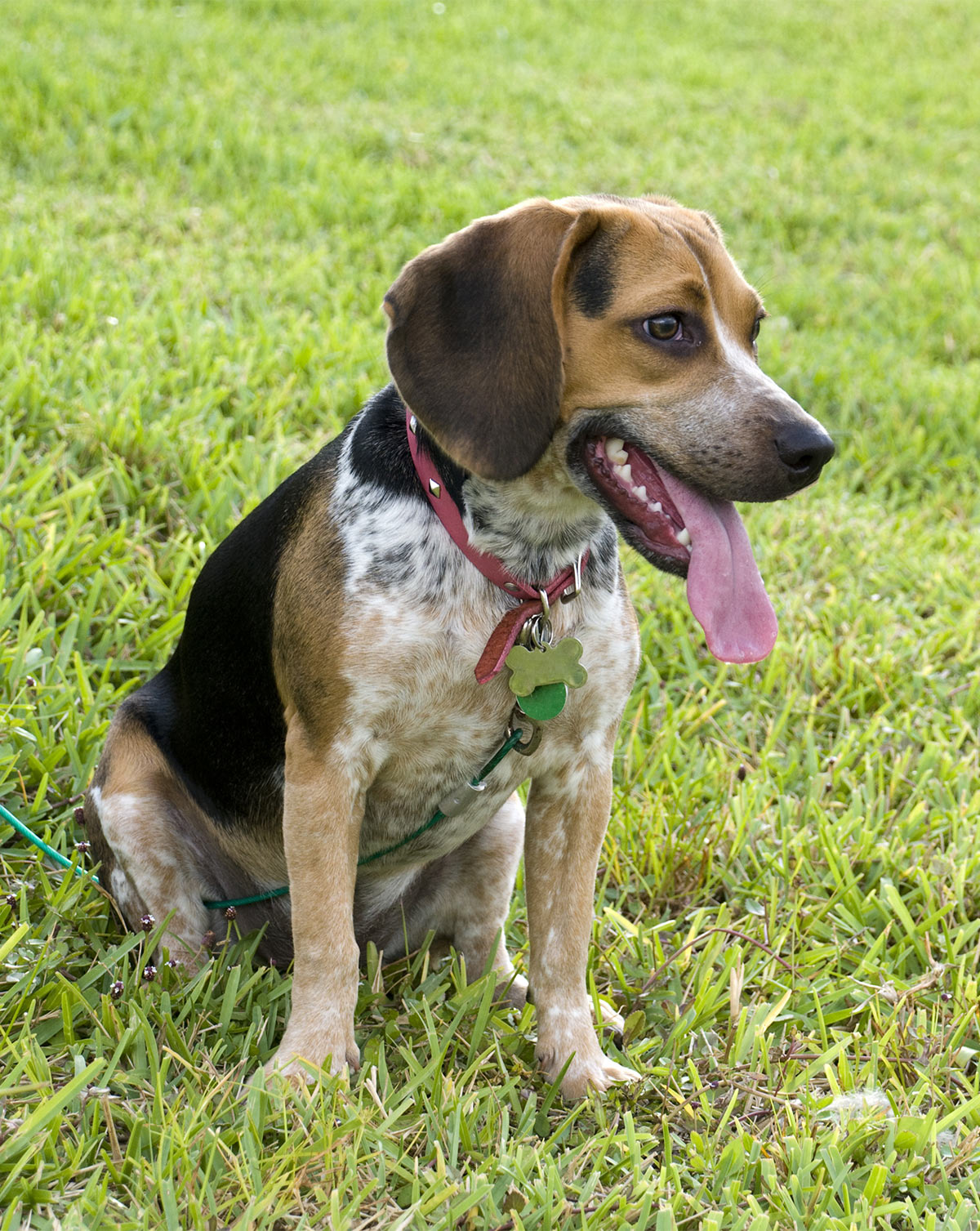

Thao Ma, its commander, argued that American pilots would see little and Laotians were better suited to spot the enemy amid dense jungle, and even that his own air force already had the area well covered.Īt Udorn, Thailand, in September, the Laotians accepted a formula under which Lao airmen would take rear seats in O-1s and verify the spotted targets. Sullivan’s diplomats reported a new obstacle: the Royal Laotian Air Force. The cross-border world of Laos was the province of its U.S. The Army also volunteered OV-1 Mohawks, which had side-looking radar and infrared detectors to find the enemy at night. The Air Force would fly the planes, and because that service lacked any slow-mover scouts, the Army’s contribution proved crucial. At its July 23-24, 1965, meeting, Westmoreland proposed to utilize Army aircraft (the L-19, a Cessna-type light plane, which the Air Force called the O-1E). American authorities regulated strategies for the war with a Southeast Asia Coordinating Committee (SEACOORD) that met periodically and brought together diplomats, military commanders, and intelligence and special operations chiefs. The Southeast Asian war theater, bigger than Vietnam alone, involved activities in Laos, Thailand, and Cambodia. Sharp accepted that argument, but Westmoreland then ran into trouble from Laos. Westmoreland wanted light, propeller-driven aircraft that offered considerable loiter time and better opportunities to watch the ground. Their speed was also a detriment, making it more difficult to spot targets. Jets gobbled fuel and could not stay long in the air. Sharp, at least alert to the need for information, solicited ideas for scouting and offered RF-101 Voodoo jets to act as search aircraft. Leadership of the air war rested in the hands of the Pacific Theater commander, Adm. Westmoreland did not get his way automatically. They could direct strike aircraft to directly observed targets, melding the Army’s tradition of artillery spotting with the Air Force’s reconnaissance role. Airplanes could survey the Ho Chi Minh Trail for long distances every day. In Operation Steel Tiger, nearly 90 percent of the attack planes were sent on “armed reconnaissance”: They had no specific targets, but were ordered to follow the roads and strike anything that looked like one. In April 1965, when the United States began regular bombing of the Ho Chi Minh Trail, the need to spy on the enemy became even more acute. The long-range patrols were intermittent and the road-watch teams inherently limited. Inside Laos, the CIA operated small surveillance teams at fixed observation points under its Project Hardnose. Westmoreland, the MACV commander, handed this mission over to Special Forces Detachment B-52 DELTA, then to the Studies and Observation Group with the codename Shining Brass. One of the first long-range patrol projects of MACV’s 5th Special Forces Group, Operation Leaping Lena, attempted to investigate North Vietnamese activities in a small sector inside Laos, without much success. The task force, a unique interservice cooperative unit, was called Tiger Hound.Īmong the most serious challenges for Americans during this early phase of the Vietnam War in 1965 was to try and isolate the battlefield, preventing North Vietnam from getting new troops and supplies into the South.

Welch spent weeks filing documents, then volunteered for a new, top-secret task force, one that would get him out of the office to do some of the most important work in the war.

Welch was an NCO in a small intelligence section who returned from temporary assignment-to establish a forward echelon of the unit at Da Nang-to discover his section had become a cog in a much larger wheel. headquarters there, Military Assistance Command Vietnam (MACV), was growing by leaps and bounds. Ken Welch wanted to get away from Saigon.


 0 kommentar(er)
0 kommentar(er)
